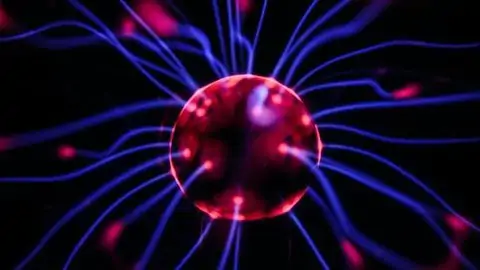
通过研究基础知识并在 NumPy 中实现它们,深入了解监督学习技术。获得使用流行的深度学习框架(如 Tensorflow 2 和 Keras)的实践经验。
第 1 部分 – 基础知识:
– 在人工智能的背景下了解监督学习是什么
– 了解参数模型和非参数模型之间的区别
– 学习基础知识:权重和偏差、阈值函数和学习率
– 向量化技术的介绍,以帮助加速我们的自实现代码
– 学习处理真实数据:特征缩放、拆分数据、One-hot 编码和处理缺失数据
– 分类与回归
第 2 节 – 前馈网络:
– 了解梯度下降优化算法。
– 使用 NumPy 实现逻辑回归模型
– 使用 NumPy 实现前馈网络
– 了解多任务和多类分类之间的区别
– 理解梯度消失问题
– 过拟合
– 批处理和各种优化器(Momentum、RMSprop、Adam)
第 3 节 – 卷积神经网络:
– 过滤器、填充、步幅和整形等基础知识
– 使用 NumPy 实现卷积神经网络
– Tensorfow 2 和 Keras 简介
– 数据增强以减少过度拟合
– 了解并实施迁移学习以减少数据需求
– 使用遮挡敏感度分析对象分类模型
– 使用样式转换生成艺术
– 人脸验证和人脸识别的一次性学习
– 对血流图像执行对象检测
第 4 节 – 顺序数据
– 了解顺序数据以及何时应将数据建模为顺序数据
– 使用 NumPy 实现循环神经网络
– 在 Tensorflow 2/Keras 中实现 LSTM 和 GRU
– 从基础到更高级技术的情感分类
– 了解词嵌入
– 生成类似于罗密欧与朱丽叶的文本
– 使用 Tensorflow 2/Keras 实现注意力模型
你将学到什么
- 监督学习的基础:什么是参数,什么是偏差节点,为什么我们要使用学习率
- 处理数据的技术:如何分割数据集,一个热编码,处理缺失值
- 向量、矩阵和使用向量化创建更快的代码
- 优化、导数和梯度下降等数学概念
- 深入了解前馈、卷积和递归神经网络的基本原理
- 建立前馈,卷积和递归神经网络只使用基本知识
- 如何使用TensorFlow2.0和Keras构建模型、创建TFRecords以及保存和加载模型
- 实践项目:风格转换-使用人工智能绘制一个你最喜欢的艺术家风格的图像
- 实际项目:目标检测-使用人工智能检测图像中目标的边界框位置
- 实践项目:转移学习-学习利用大型预训练人工智能模型处理新的数据集
- 实践项目:一次性学习-学习建立人工智能模型来执行任务,如人脸识别
- 实际项目:文本生成-建立一个人工智能模型生成类似于罗密欧和朱丽叶的文本
- 实际项目:情绪分类-建立一个人工智能模型,以确定文本是整体消极还是积极的
- 实践项目:注意力模型-建立一个注意力模型来建立一个可解释的人工智能模型
Uncover the Concepts and Techniques to Build and Train your own Artificial Intelligence Models
Genre: eLearning | MP4 | Video: h264, 1280×720 | Audio: AAC, 48.0 KHz
Language: English | Size: 6.71 GB | Duration: 21h 5m
What you’ll learn
The basics of supervised learning: What are parameters, What is a bias node, Why do we use a learning rate
Techniques for dealing with data: How to Split Datasets, One-hot Encoding, Handling Missing Values
Vectors, matrices and creating faster code using Vectorization
Mathematical concepts such as Optimization, Derivatives and Gradient Descent
Gain a deep understanding behind the fundamentals of Feedforward, Convolutional and Recurrent Neural Networks
Build Feedforward, Convolutional and Recurrent Neural Networks using only the fundamentals
How to use Tensorflow 2.0 and Keras to build models, create TFRecords and save and load models
Practical project: Style Transfer – Use AI to draw an image in the style of your favorite artist
Practical project: Object Detection – Use AI to Detect the bounding box locations of objects inside of images
Practical project: Transfer Learning – Learn to leverage large pretrained AI models to work on new datasets
Practical project: One-Shot Learning – Learn to build AI models to perform tasks such as Face recognition
Practical project: Text Generation – Build an AI model to generate text similar to Romeo and Juliet
Practical project: Sentiment Classification – Build an AI model to determine whether text is overall negative or positive
Practical project: Attention Model – Build an attention model to build an interpretable AI model
